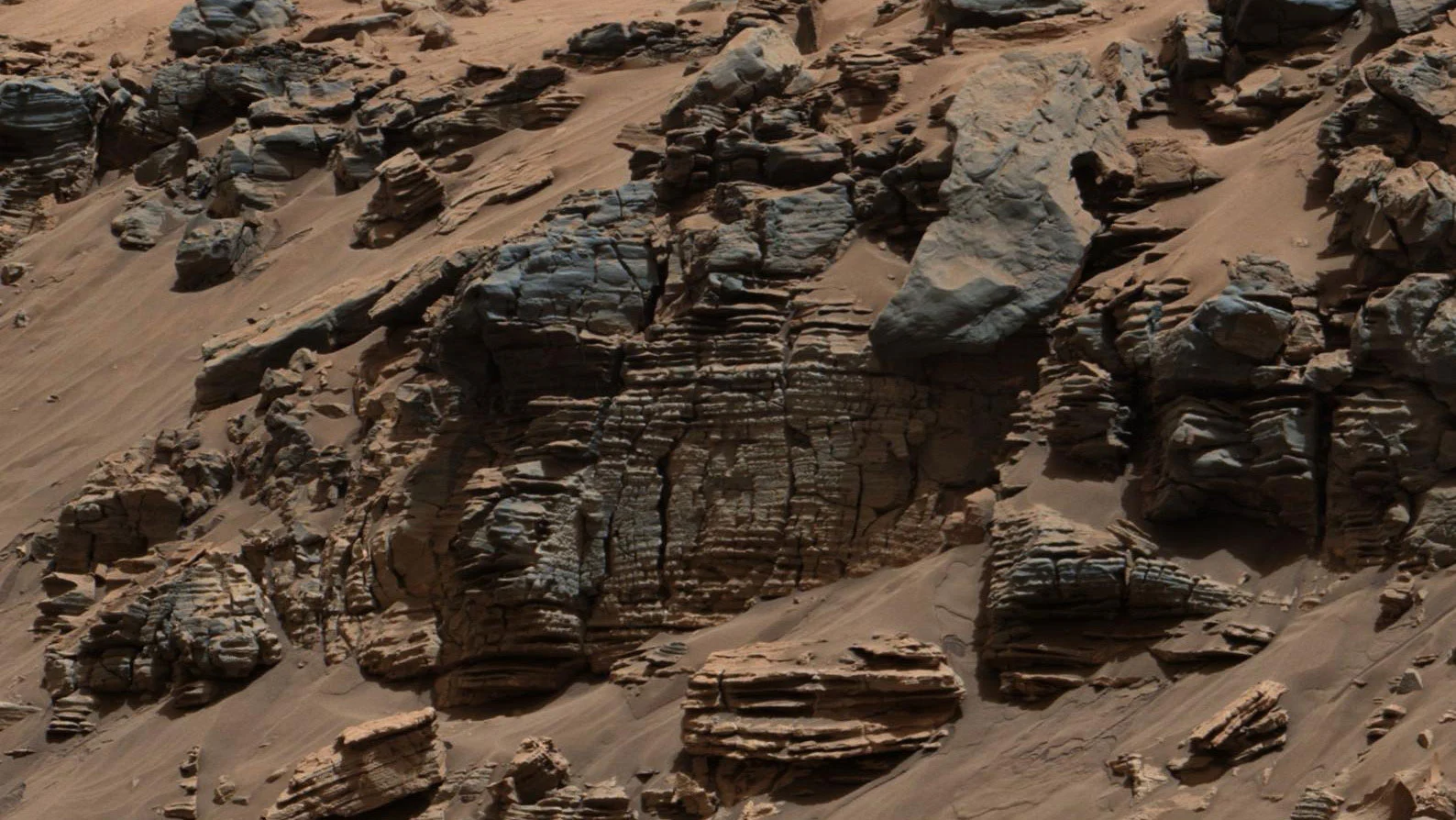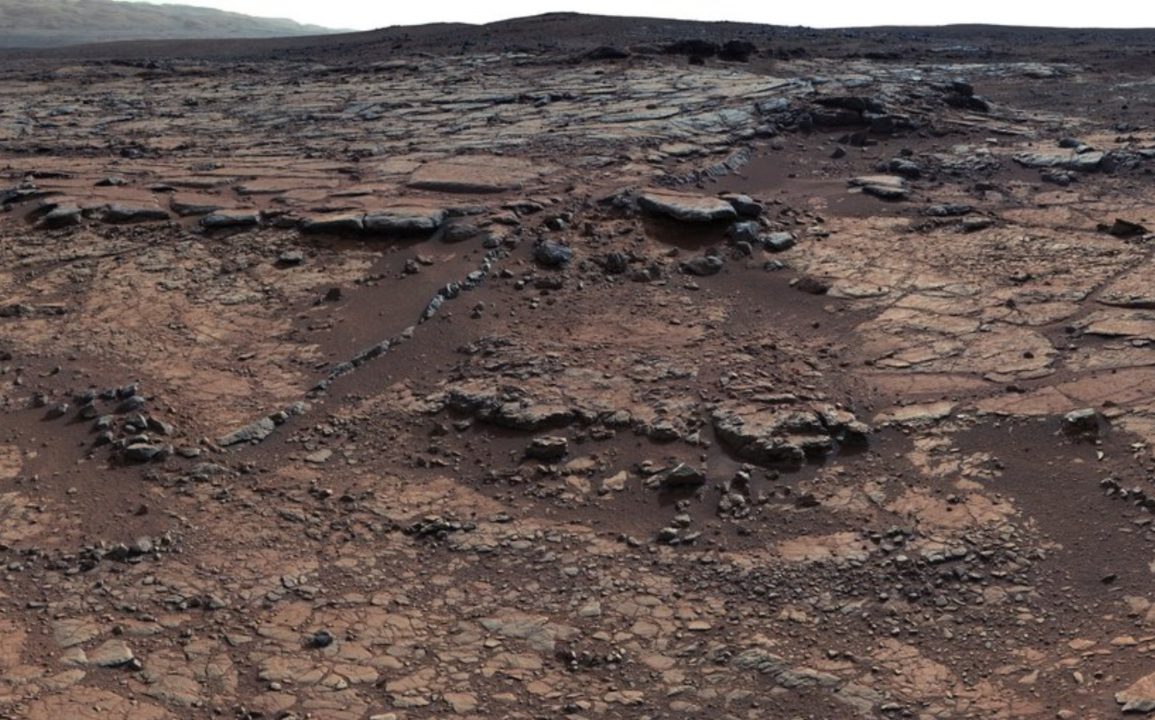NASA’s Curiosity rover, currently exploring Gale Crater on Mars, is providing significant insights into the planet’s ancient climate. This research is crucial to understanding how Mars transitioned from a potentially habitable environment, with evidence of widespread liquid water, to its current frigid and inhospitable surface.
By analyzing carbon-rich minerals, particularly carbonates found in the crater, researchers are piecing together how extreme climate changes may have altered the planet’s surface. The isotopic composition of these minerals, measured using Curiosity’s advanced instruments, points toward an environment where water evaporated to a great extent, likely rendering the climate too harsh for long-term habitability.
One of the key findings from the Curiosity rover’s analysis is that the isotopes of carbon and oxygen found in the carbonates indicate intense evaporation. This suggests that any liquid water present in Mars’ past was transient and unable to support stable, long-term life.
While these results don’t outright rule out the possibility of life on Mars, they do suggest that, at the time the carbonates formed, the surface environment was not conducive to the kind of biosphere we are familiar with on Earth. However, the discovery leaves open the possibility of subsurface life or conditions for life in earlier stages that might have occurred before the carbonates formed.

Isotopes, which are different forms of elements with varying masses, provide clues about the ancient Martian climate. In this case, as water evaporated, lighter isotopes of carbon and oxygen were more likely to escape into the atmosphere, leaving heavier versions behind.
Over time, these heavy isotopes accumulated and became incorporated into the carbonates. This process can act as a natural record of environmental conditions, allowing scientists to deduce factors like the temperature, acidity, and atmospheric composition of ancient Mars. Such findings are crucial for understanding the planet’s capacity for sustaining life.
The carbonates discovered in Gale Crater offer two potential formation scenarios. In one, carbonates formed during periods of wet-dry cycles, suggesting a climate that fluctuated between more habitable and less habitable states. The second scenario involves the formation of carbonates in extremely salty, cryogenic conditions, which would make Mars an even less hospitable environment.
Both scenarios provide different insights into Mars’ climate history and its potential to support life at different periods. The wet-dry cycle would indicate periods where water was more available, while the cryogenic scenario points to a colder, drier climate where water was locked away in ice.
This discovery is the first to link isotopic evidence from Mars’ surface with climate models previously proposed based on mineral analysis and rock formations. The carbon and oxygen isotopic values in the carbonates are significantly heavier than those found on Earth, indicating extreme evaporation or possibly other extreme conditions.
These results, which were obtained using Curiosity’s Sample Analysis at Mars (SAM) and Tunable Laser Spectrometer (TLS) instruments, provide a more detailed picture of Mars’ climate evolution. This research enhances our understanding of the planet’s past and may help inform future missions searching for signs of life.

